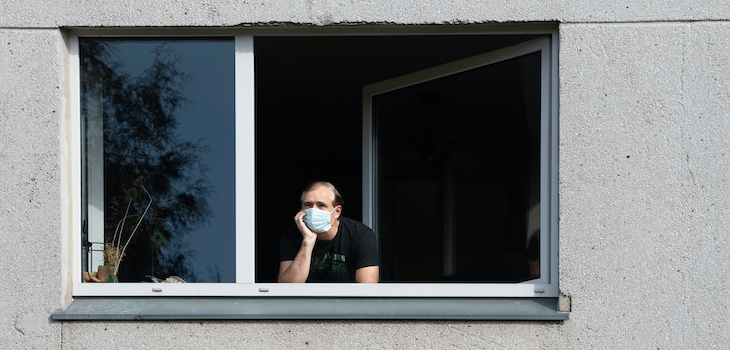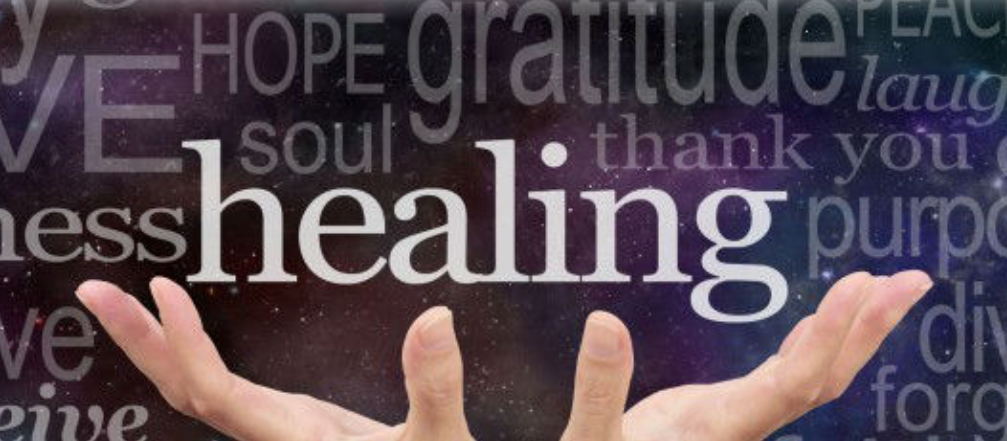Quarantining, sheltering in place, social distancing, and the like are now being replaced by distant socializing, safe social groups, masks, and the like as a way to be safe upon re-integration into a world re-entry anxiety and what I term “opening-up anxiety.”
Within patient sessions and dialogues surrounding the terror and anxiety, we developed some strategies to ease at least some of the anxiety around the uncertainty and what the world would look like.
- Walk don’t run
Just because the order is there doesn’t mean you have to follow it. No, that doesn’t mean you don’t follow safety rules. It means that you set your boundaries to keep you safe. I know few, to date, who are running out to restaurants, despite them opening 25% capacity. Or those who are running off to the mall. That said, I was one of the first to have my hair done; having sheltered indoors for months it was a bit strange and frankly a bit terrifying to be in that space (although with the rules in place I thought the protocols more stringent and the risk less than when they were going to take more people as time went on). Nevertheless, walk don’t run.
- Be wary of other’s actions
Respect the decisions of others. That is, there are those that are rule followers and those that are not. Avoid judgment and criticism yet avoid or minimize engagement with those who display the opposition of the CDC. (Check out this article I posted some time back-Karen Koenig LCSW does a great job at deciphering the reasons certain people choose to not follow that which is recommended).
- Respect the group decision
Of those who reside in your house and now in your ‘safe-group’. Negotiate the rules with those with whom you had been quarantining. As with before, the decisions you make effect everyone at home and everyone with whom you come into contact. There have no doubt been conflicts among couples that speak to a dismissal of the partner when they make different choices. These are team decisions, and one rule may not necessarily apply to the other but how they are formed needs to be democratic.
- Distant Socializing
Continue to protect with masks, handwashing, and space between, according to the CDC. Gloves allegedly provide a false security and there have been cases of transmission through their faulty use.
- Safe(r) Groups
While we will never know exactly what someone is doing, which holds true for even food-shopping at stores during the height of the transmission, its important to identify a phase-one social group. That might typically involve family who has followed the same rules, perhaps a friend or two. And that requires that they follow the same rules now. Nothing is going to be perfect and all of this depends upon the risk tolerance of each individual.
As we move into phase-2, that might morph into a larger safe-group and closer proximity. Having a small dinner party and maintaining 6-feet is a bit unrealistic for most. Demonstrations, rallies and the like are breeding grounds for transmission.
- Maintain a news diet
Keep up with your resource. Not many but one or two good ones that you will continue to follow regarding county and statewide updates. Mark continues to listen to not one but two television news channels and follows a few twitter feeds. This in and of itself maintains and even exacerbates his anxiety. In this case, a severe dietary restriction is in order. Use your county commissioner or local resource to receive periodic updates of your immediate county and follow one national data source as well.
- Assess your new normal
Grieve, grieve, grieve. We all need to spend some time grieving the losses of others, the change in our roles at home and work, the change in our lives as we know it. This crisis poses a challenge for everyone in different ways. Explore and learn from that challenge and notice what you want to take with you into the new phase.
That said, what will we look like in months and years to come?
I read somewhere that we should never again shake hands, a common American custom because it’s a breeding ground for pathogens and viruses. (Frankly, I had become a bit of a germaphobe in recent years, cringing upon the idea of touching someone else’s hand for the same reasons Dr. Sklansky lays out.) The Morning Brew newsletter reported that Hollywood will display less intimate involvement, touching, and sex scenes I suppose… it’s a more accurate depiction of the ‘modern’ norm. Is this what opening-up will look like?
In the world of business Apple, Google, and many more have determined a certain percentage of continued work at home, a process in the early days owned by Jet Blue (remember when the agent spoke to you overlooking the snowcapped mountains?). Companies and consultants will continue with more zoom and less actual travel.
But what the world will look like, both personally and professionally, is yet unknown.






